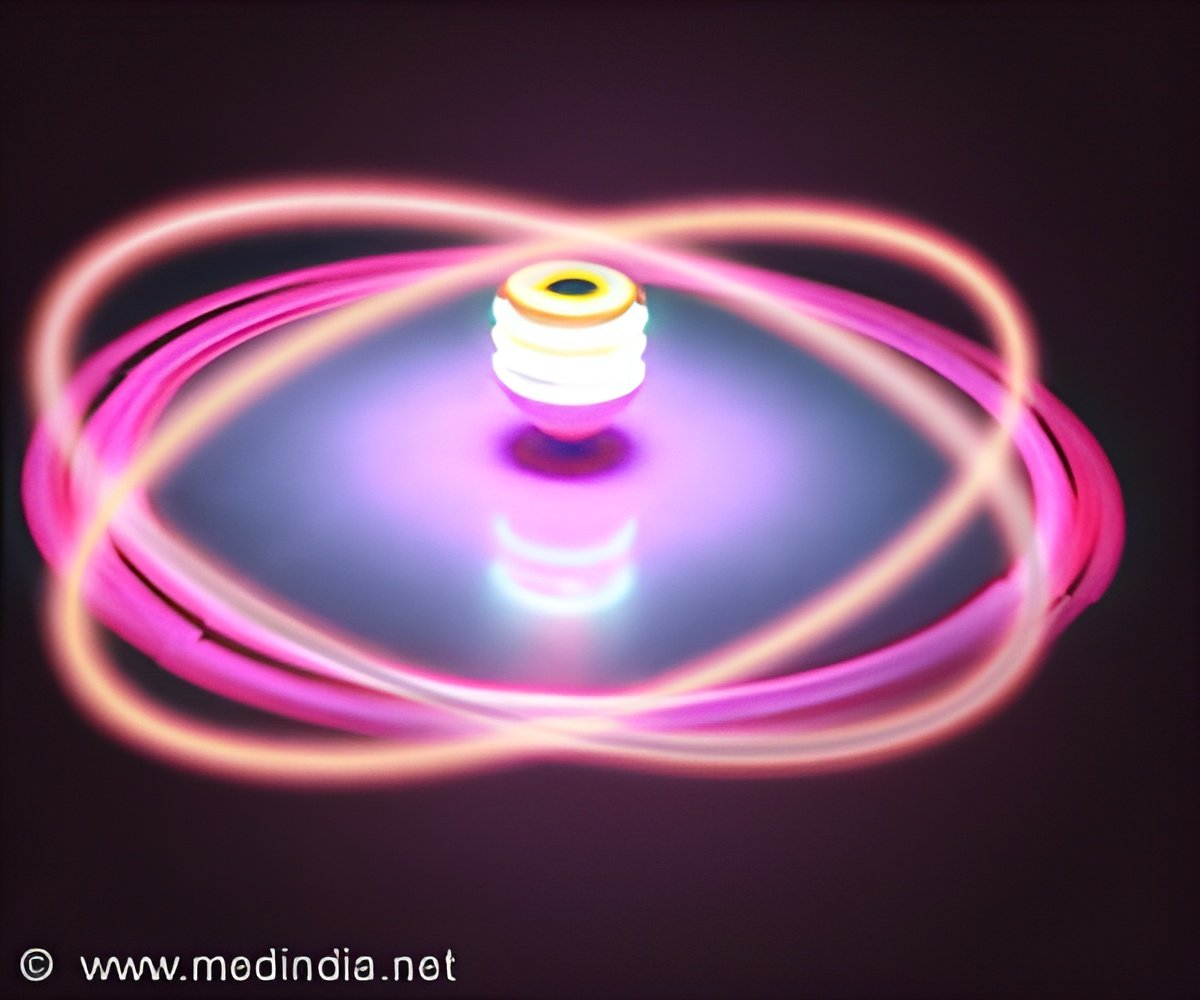
The conference being attended by over 500 delegates from India and abroad has been organized during 05-08 March 2014 on the occasion of Golden jubilee of Optical Society of India (OSI).
"India had realized the importance of photonics, early and multiple R and D institutions including DRDO has started wide range of activities of photonics technology. At DRDO our thrust in photonics has been to develop technologies for surveillance, fire control, guidance, navigation computing, secure networking for defense and homeland security applications," he added.
He highlighted the indigenous fibre optic gyro with integrated optic chip, wing laser gyro for inertial navigation system for guided missiles, handheld thermal imagers, and laser range finders etc. as the initial successes. In the recent times, micro length arrays for high resolution imaging, LIDAR for detection of chemicals, development of commander's thermal imaging sights in form fit condition for T-72, T-90 and BMP vehicles have been developed.
"We have the challenges that include night enablement of all our fighting platform and surveillance of our entire border and coast lines by electro-optic sensor in secured network environment, that will require deployment of sensors in all available wave bands of optical and infrared wavelength regions", stated Chander.
He also highlighted achievements of other scientific departments in the area of photonics, and also emphasized need for 24/7 surveillance, that was possible through use of geo-stationery satellite, necessitating large optics with high resolution.
Advertisement
"To realize all this, technologies for mass-scale and efficient fabrication of optical components including spherical, aspheric and binary components need to be evolved", he emphasized.
Advertisement
Speaking about the role of ICOL-14, he stated, "DRDO has been successful in bringing together the niche community of photonics in our country. A lot has changed since the International community of researches that met at IRDE in last ICOL in 2005".
He urges the photonics community to take stock and chart out directions for future progress. "I would recommend each organization to identify an area of excellence and launch enabling programmes of directed research".
He also emphasized for an urgent need for national level facility for fabrication of photonic and integrated components.
Later, Chander inaugurated an integrated facility for design, fabrication and evaluation of large diameter optics. The facility is the most modern and one of its kinds in India.
He also inaugurated the exhibition where the number of public sector and private industries including IRDE, showcased their latest products related to optics and opto-Electronic systems from India and abroad.
Earlier, Guest of honour and DRDO Director General (ECS) S.S. Sundaram, who shouldered the major responsibility from "concept to induction" of Electronic Warfare Programme SAMYUKTA for Indian Army, briefed about theme of the conference.
He informed that the focal theme of the conference is to emphasize Design, Fabrication and Testing of Aspheric, Freeform, Diffractive and Large size optics, Micro optics and Nano-optic devices.
Professor B.P. Pal, President optical Society of India, IIT, Delhi, during his address told about the OSI, which is stepping up in to 50th year in 2014 hence we are organizing this conference as Golden jubilee conference.
He informed that Defence Research and Development Organization (DRDO) and Department of science and technology (DST, Govt. of India) have sponsored this international conference. Conference is also technically co-sponsored by Optical Society of America (OSA), International Commission of Optics (ICO), International Society for Optics and Photonics (SPIC) and Optics and Photonics Society of Singapore (OPSS).
Earlier, Dr A. K. Gupta, IRDE and Vice chairman, Optical Society of India who is presently Programme Director of DRDO Photonics Programme, welcomed the dignitaries and all the delegates who are participating in the conference and the 38th Symposium of Optical Society of India.
He brought out that the Optical Society of India (OSI) was founded in 1965 under the leadership of Dr C. S. Rao, the then Director IRDE, Dehradun and Prof. M. De, Professor Calcutta University to promote, diffuse and disseminate knowledge and encourage research in all branches of pure and applied optics.
He informed that this conference (ICOL-2014) has received an overwhelming response and a total 600 national and international delegates are participating in the deliberations. About 85 invited talks are scheduled in 05 sessions presented by researchers, developers, academician, users and industry. Prof LN Hazra, Technical Chair - Calcutta University and Prof Anurag Sharma Technical Chair - IIT Delhi briefed the audience about the conference.
Source-ANI









